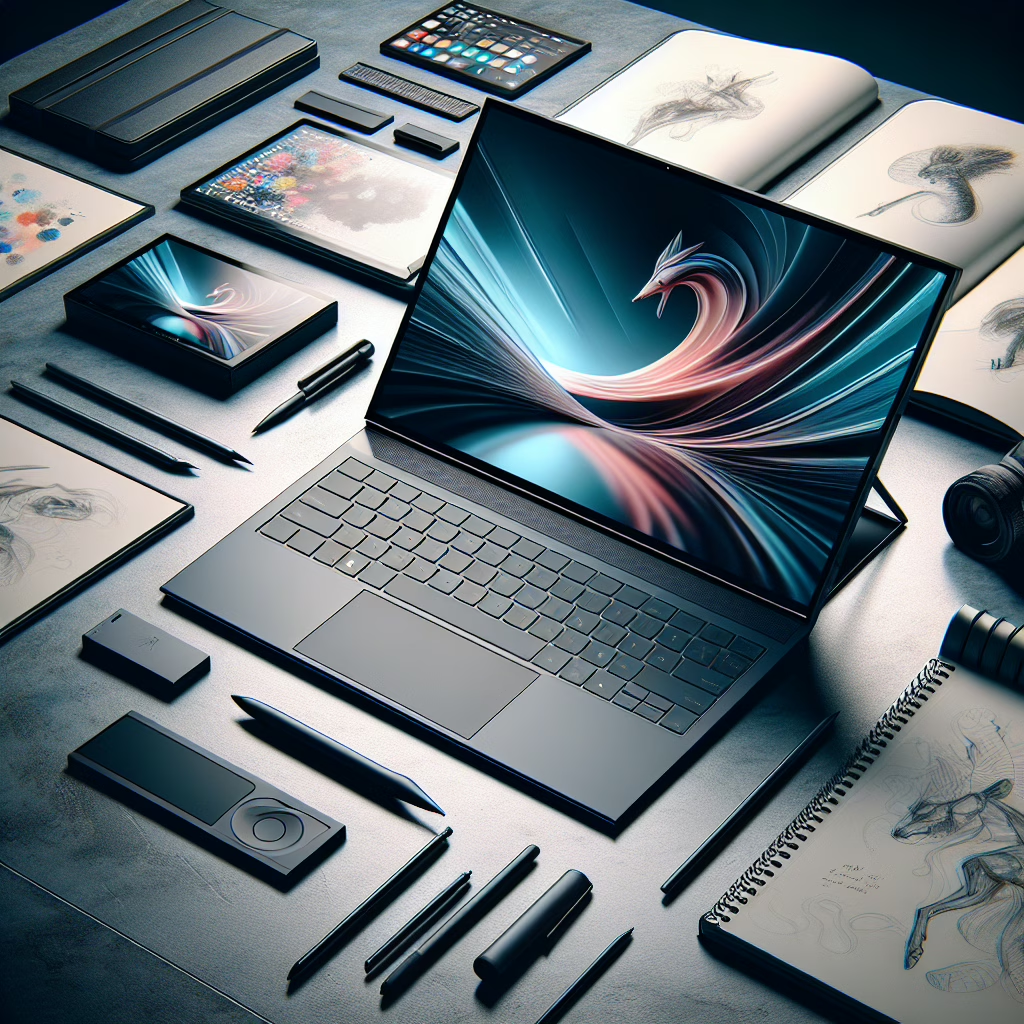In the ever-evolving world of technology, where every day seems to bring a new gadget that promises to change our lives (and our bank accounts), Lenovo has thrown a curveball into the mix. Enter the latest marvel: a laptop with a screen you can swivel into portrait mode! Yes, you heard it right! It’s like the Swiss Army knife of laptops, ready to tackle any challenge thrown its way. This nifty innovation not only gives us flexibility but also makes our work and play more enjoyable.
Why Portrait Mode is Not Just for Your Phone
For years, we’ve been accustomed to flipping our smartphones vertically to take selfies or scroll through social media feeds. But why should our laptops be left out of this fun? Lenovo’s new design allows users to rotate their screens into portrait mode, ushering in a new era of productivity. Imagine reading long documents without the constant need to scroll or fitting an entire website on your screen without squinting. This feature is poised to make life a little easier for writers, designers, and anyone else who spends hours glued to their screens.
But let’s not stop there! This swivel action isn’t just a gimmick; it can enhance your workflow significantly. Picture this: you’re in the middle of a Zoom meeting, and you need to share a presentation that looks perfect in portrait mode. Just twist that screen around, and voilà! You’ve transformed your laptop into a presentation powerhouse. No more awkward adjustments or trying to fit everything into a landscape view that doesn’t do your work justice.
Technical Marvels Behind the Swivel
Now, let’s take a peek under the hood of this technological wonder. The laptop boasts an impressive hinge mechanism that allows smooth rotation without fear of breaking your device. Lenovo engineers have clearly spent countless hours ensuring that this feature works seamlessly while maintaining the overall aesthetic appeal of the laptop.
This isn’t just about looks; it’s about functionality too. The high-resolution display ensures that whether you’re in portrait or landscape mode, your visuals remain crisp and clear. Plus, with advancements in battery life and processing power, you won’t sacrifice performance for style. It’s like having your cake and eating it too—without the calories!
Perfect for Creatives and Professionals Alike
The potential applications for this swivel screen laptop are endless. Designers can easily transition from sketching layouts in portrait mode to editing videos in landscape mode without missing a beat. Writers can draft articles or reports with ease, shifting between formats based on their needs. And let’s not forget about gamers who can flip their screens for an immersive experience—just imagine playing your favorite RPGs with that extra vertical real estate!
As we continue exploring the features of this remarkable device, it’s clear that Lenovo aims to cater to both professionals and casual users alike. The blend of innovation and practicality here is what sets this laptop apart from others on the market. It’s not just another gadget; it’s a tool designed to adapt to how we work and play.
What Does This Mean for the Future?
The introduction of Lenovo’s swivel screen laptop could signal a shift in how manufacturers approach laptop design altogether. As we move forward into 2025 and beyond, we may see more companies adopting similar features, sparking a revolution in mobile computing. Who knows? We might soon be witnessing all sorts of creative designs that cater specifically to user needs.
The age-old debate between tablet and laptop users might finally find some common ground with devices that embrace both forms effectively. So let’s raise our mugs (or coffee cups) to innovation—and perhaps prepare our wallets for what comes next!
As we wrap up our exploration of Lenovo’s groundbreaking technology, we invite you to share your thoughts on this revolutionary laptop design! Are you excited about the swivel screen? Do you think it will make a significant impact on your daily tasks? Let us know in the comments below!
A special thanks goes out to Ars Technica for inspiring this piece with their original article!

